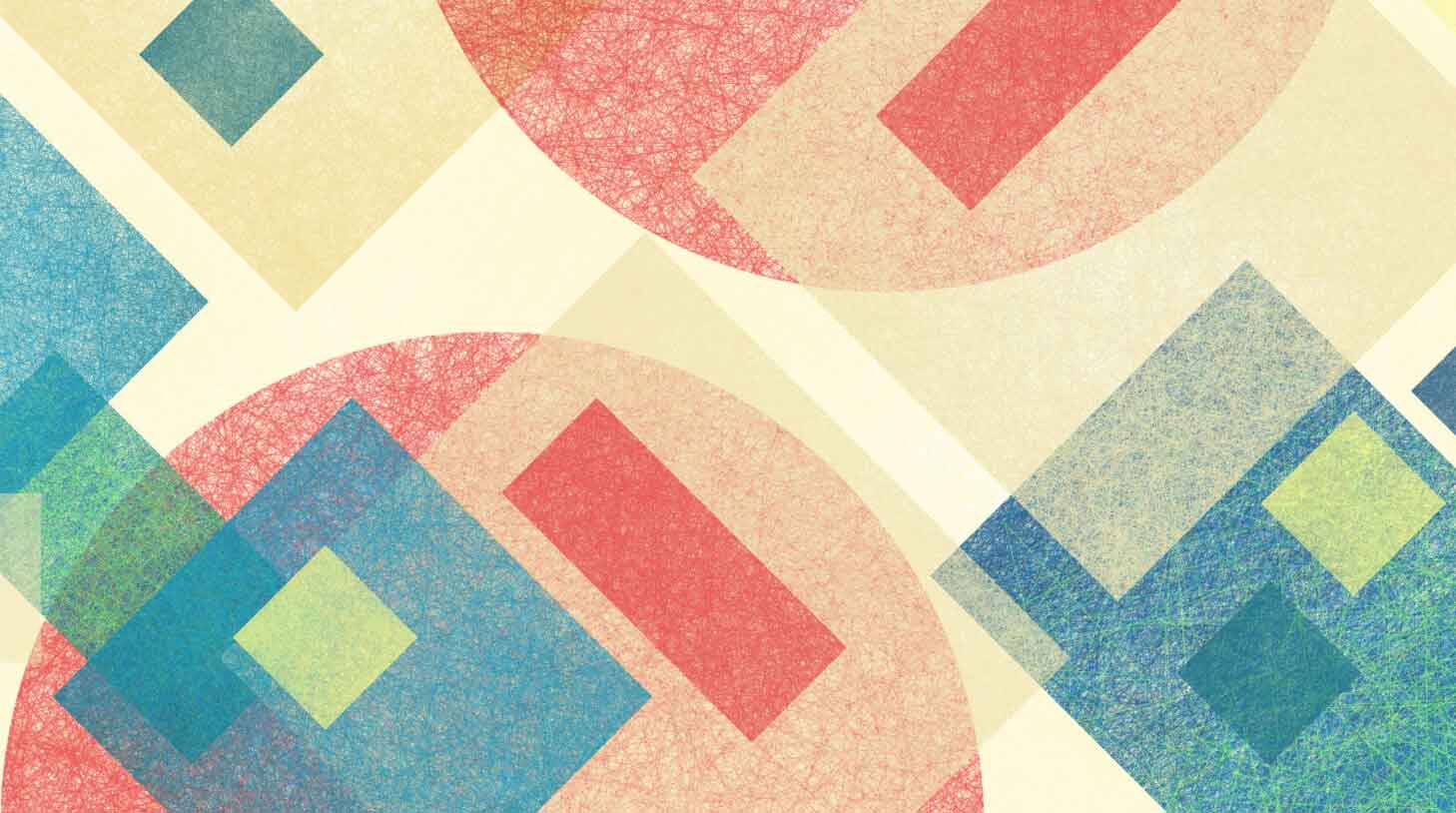Tackling age discrimination in the workplace: 5 HR strategies
Discover strategies to counter age discrimination in the workplace, fostering a culture of inclusion across generations. From adopting anti-discrimination policies to embracing diverse career paths and technology training, learn how HR can create an environment where Baby Boomers to GenZers collaborate effectively, driving productivity and innovation.

We’re living in a unique period where five different generations potentially coexist in the workforce. Factors such as improved healthcare and delaying retirement credits result in employees born in the 1950s working alongside those born in the 1990s and even 2000s.
Can these different age groups work together in harmony or is there a certain age discrimination that hinders collaboration and productivity?
While millennials (born between 1981 and 1996) are the prevalent generation, they’re often the target of criticism. They’re known as “entitled, lazy people who are addicted to social media and their biggest concern is whether their next office will have ping pong tables.” But they’re not the only ones who face age bias.
In fact, age discrimination in the workplace takes on many shapes and forms. And it starts even before hiring. For instance, consider the possibility that female candidates in their 30s get rejected or turned down for promotion because they’re mothers or “might get pregnant soon”.
Or when millennials are looked with suspicion and are considered unreliable because of their increased tendency for job-hopping.
But it doesn’t end there. Think of the following examples of age discrimination in the workplace:
- Baby boomers who don’t apply to jobs they’re fully qualified for because they’re afraid they won’t fit in the “youthful and vibrant startup culture”.
- Millennials who try to apply new methodologies and tools when working at traditional industries (e.g. manufacturing or logistics) but come across a “this is how we’ve always done things here” mentality.
- GenX employees who prefer childcare and job security over flexible work schedules but have to settle for benefits less meaningful to them when they’re not the prevalent generation at work.
- GenZ employees who are expected to pick up very quickly how systems work, since they grew up with unlimited access to information and technology.
It’s getting clear from these examples that there are two main issues when different generations coexist in the workplace. First, different age groups have different needs and expectations and this can turn into a game of power: whose needs will be met?
And, second, the generation gap widens even more as we make assumptions and over-generalizations about our younger or older colleagues.
With baby boomers, millennials, GenX and GenZ employees around at the same time, work environments are by default diverse – at least as far as age is concerned. We need to foster a more inclusive environment that engages each group’s strengths and motivations.
Contents
From ageism to inclusion
When the topic of diversity and inclusion is raised, what are the first topics you think of? If you’re like many recruiters and HR managers, you’re likely thinking about gender and race. Women who don’t get promoted, ethnic minorities who are not included in key decision making processes – these are common themes you try to tackle when you want to achieve a more diverse and inclusive work environment.
This is great, of course. It means you’re already heavily invested in DEI in your office, but the expansive coverage of gender and race equity may have monopolized your efforts. There are so many other aspects to DEI that you may not have thought of – which brings us to age.
Tackling ageism poses an extra challenge, though. The way people perceive or define DEI does not vary much in the gender and race categories, however, it does vary widely among people of different ages.
Older generations, including GenXers and baby boomers, define DEI as equal representation of and fair opportunities for all employees, regardless of any bias towards race, gender, religion or sexual orientation. They primarily care about the moral side of DEI, seeing it as the right thing to do. They have a more anthropocentric approach while taking into account demographic differences.
On the other hand, younger generations such as millennials and GenZers interpret DEI as the existence of diverse perspectives and ideas in the workplace and the inclusion of these ideas in achieving business goals, also known as cognitive diversity.
They value the impact that different opinions and experiences can have on productivity and business innovation and emphasize the importance of connection, collaboration and formation of relationships in order to deliver results.
These diverse perspectives have a strong influence on daily work life.
So, in short, the standard approach to DEI isn’t always applicable here. Tackling age discrimination in the workplace has its own unique angles for HR.
How can HR fight age discrimination?
1. Take a strong stand against ageism
Apply anti-discrimination policies that clearly indicate how you hire employees, how you train them and how you promote them, regardless of age or other factors. Also, establish ways for your employees to speak up when they face age discrimination in the workplace and explain how you’re going to investigate any complaints.
2. Acknowledge existing issues among your employees
Age bias is often unconscious. Whether you realize it or not, your company culture may put some of your employees off. For example, when you organize team building activities or after-work meals, do you take into account that some older employees who have families might not be able to adjust their personal schedules?
Don’t assume that everyone enjoys or uses the same benefits; it’s best to ask so that you ensure that what you offer is inclusive and offers options for each age group.
3. Provide training on new technologies
Younger generations are usually more familiar with modern tech stacks, as opposed to baby boomers, for example, who’ve been working with the same tools for years. As millennials now are getting managerial positions, it’s natural that they’ll want to apply new systems and tools with the expectation that others adapt quickly to them. Don’t let people feel out-of-date; make sure everyone knows how to use company-wide software and provide additional assistance if needed.
4. Rethink career paths
Different generations have different challenges when it comes to career development. Older employees might feel pressure seeing their younger coworkers bringing their fresh ideas and ambitions on board, while they’re stuck in the same position.
On the other hand, younger employees may think that it’s not worth investing (and staying for too long) in a company where they won’t have the chance to get promoted for at least 10 years due to an inflexible structure.
To change that, consider non-traditional career paths inside the company, develop employees’ professional interests and apply mentoring and reverse-mentoring techniques.
5. Consider the similarities, too
Yes, age groups have differences, but they have things in common, too. Perhaps, though, we’ve heard the stereotypes for so long that we’re now too biased to see past them.
For example, we often hear how millennials are all about digital communication against face-to-face. But other studies show that this is not necessarily the case: younger generations actually value in-person meetings and networking.
Another mythbuster? Contrary to popular belief, millennials are only job-hopping as frequently as GenXers did in the past.
Finding that common ground among different age groups could be the key to narrowing generation gaps. There is no magic solution, of course, but there are many steps towards building a healthy, inclusive work environment where employees feel included every step of the way regardless of the life stage they’re in.
Frequently asked questions
- What is age discrimination in the workplace?
- Age discrimination involves unfair treatment of employees based on their age, affecting hiring, promotion, and workplace dynamics.
- How prevalent is age bias among different generations?
- Age bias affects all generations, from Baby Boomers feeling out of place in youth-centric cultures to Millennials facing stereotypes about their work ethic.
- Can diverse age groups enhance workplace productivity?
- Yes, by leveraging the unique strengths and perspectives of each generation, companies can foster innovation, collaboration, and improved business outcomes.
- What strategies can HR implement to combat age discrimination?
- HR can enforce anti-discrimination policies, offer flexible benefits, provide technology training, and promote diverse career paths to support all age groups.
- How do younger and older generations view DEI differently?
- Older generations often focus on moral and anthropocentric aspects of DEI, while younger employees emphasize cognitive diversity and the impact of diverse ideas on business innovation.




